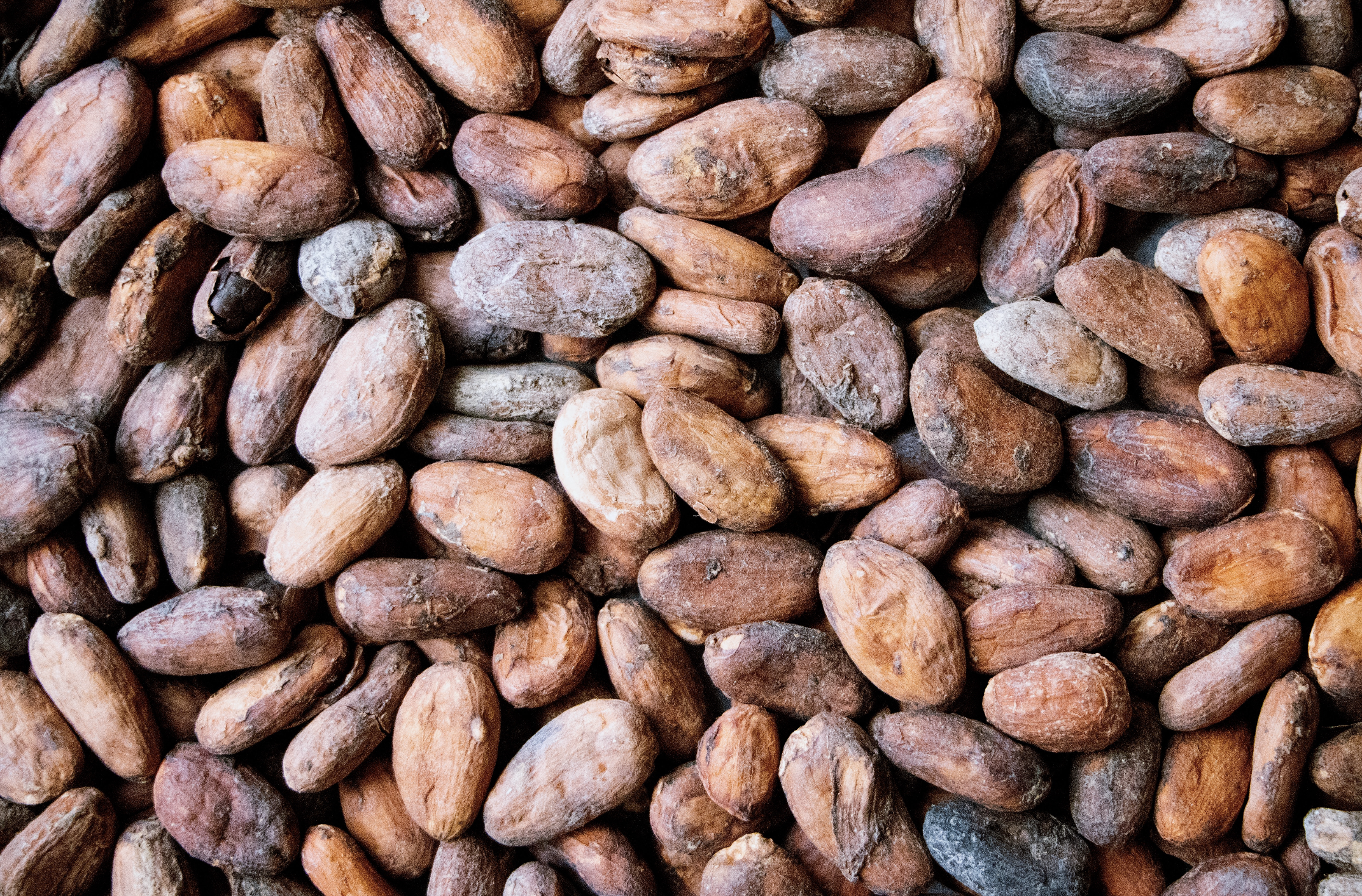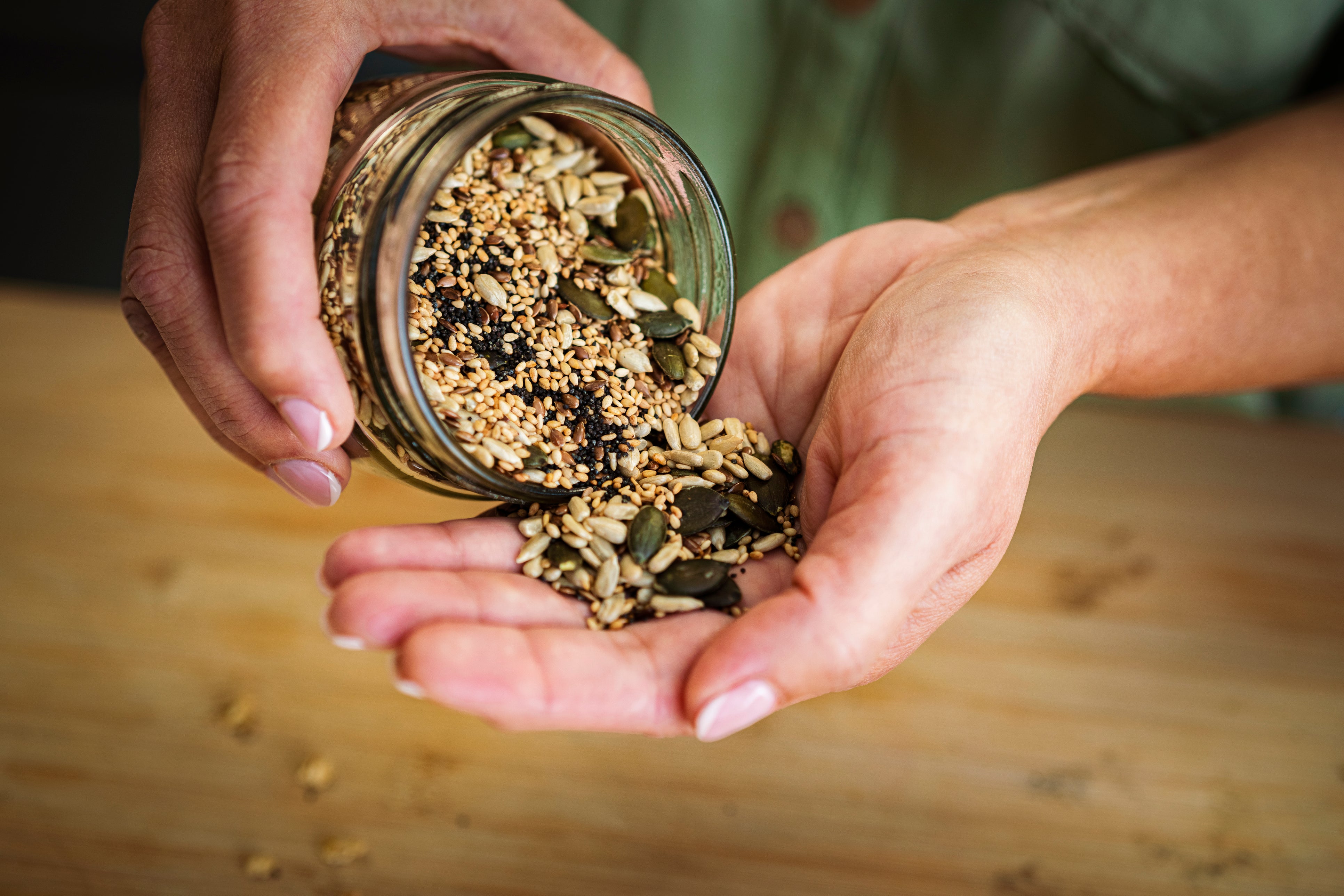
Sure, you’ve learned to count your macros, but what about your micros? Micronutrients are important for every biological process and function in our bodies, yet they tend to get much less press than their macronutrient cousins.
Get ready to wow your gym mates and impress your friends. We’re going to tell you everything you need to know about micronutrients, including why they’re just as important as macronutrients, what several of them do, and how you can incorporate more into your diet.
What Are Micronutrients?
Your diet consists of two main types of nutrients: macronutrients and micronutrients.
- Macronutrients. These include fats, proteins, and carbohydrates, all of which play an important role in overall health. When broken down, they turn into fatty acids, amino acids, and glucose, respectively. Macronutrients are the molecules that make up the foundation of your diet.
- Micronutrients. The vitamins and minerals inside the foods you consume are called micronutrients, and we need them in smaller amounts than macronutrients. Potassium, magnesium, selenium, vitamin D, and vitamin C, for example, are all micronutrients.
Micronutrients are vital to bodily function. Having a micronutrient deficiency can lead to reduced function, illness, and disease, plus give you a general feeling of being off.
There are 13 essential vitamins and 13 essential minerals. For a vitamin or mineral to be essential means that our bodies need it to thrive but cannot readily make it on their own. We have to get those vitamins and minerals from dietary sources or from supplements.
What Do Micronutrients Do in the Body?
Micronutrients play a role in practically every function in your body. Everything from muscle function to minute processes in your immune system relies on nutrients to function. They’re also vital to making new muscle, which is why more muscle-makers should take note.
We’ll cover some of the essentials here and give you a few examples of foods that contain them.
What Are Common Necessary Micronutrients?
Most of your micronutrients will come from your diet. However, if you are on a restricted diet that limits your variety of foods (like being vegan or avoiding dairy), you’ll want to pay close attention to your intake to make sure you’re getting enough of the types of micronutrients you need.
If you don’t have a healthy diet, your concentrations of micronutrients could be lower than they should be. If you suspect you have a deficiency, blood tests can often determine whether or not that’s true.

Magnesium
When you think of muscles, think of magnesium. One of the most abundant minerals in your body is magnesium.
It’s important to hundreds of biological processes, including the regulation of muscle and nerve function. Magnesium also regulates blood sugar levels and plays a role in the mechanics of blood pressure and even heart rhythm.
Foods that contain magnesium include:
- Legumes
- Seeds
- Nuts
- Green leafy vegetables
- Dairy products
You can also find magnesium-rich cacao a key ingredient in our Functional Chocolate.

Calcium
As the most abundant mineral in your body, calcium has a lot of responsibility. Your bones, which are the storehouses for calcium and phosphate, require calcium for repair and restructuring. Calcium is also the primary component of your teeth. Numerous bodily tissues rely on calcium for repair and support, and this key mineral also acts as an essential messenger within our cells and tissues.
Although it’s rare in developed nations, calcium deficiency can lead to conditions with softened bones, like rickets. It probably goes without saying that dairy products are a source of calcium. However, you can also find calcium in leafy greens and some fish.

B Vitamins
There are eight vitamins within the realm of B vitamins. These are water-soluble vitamins, which means they can dissolve in water. The B vitamins include:
- Thiamin (B1)
- Riboflavin (B2)
- Niacin (B3)
- Pantothenic acid (B5)
- Pyridoxine (B6)
- Biotin (B7)
- Folate (aka folic acid) (B9)
- Cobalamin (B12)
The B vitamins are incredibly important to cellular function and connective tissue health. They are also important for supporting the cells in the nervous system and red blood cells. In fact, vitamin B12 is necessary for red blood cell formation.
You can find some B vitamins in food sources like pork and fish, as well as sweet potatoes, lentils, soybeans, leafy greens, and some grains. You can also find B vitamins in pine pollen, a nutrient-dense ingredient.
Vitamin D
Some vitamins can actually help your body absorb other nutrients. Vitamin D, for instance, is necessary for your body to properly absorb calcium.
Vitamin D, which also acts as a hormone in our body, is crucial to our health. It is thought to play an important role in reducing risk of many chronic diseases, including type I diabetes, multiple sclerosis, rheumatoid arthritis, cancer, heart disease and infectious diseases. Yes, vitamin D is one of the most common nutrient deficiencies globally.
Vitamin D can be obtained through food and supplementation, or made in the skin. Your body synthesizes vitamin D when UVB rays from the sun bond with a cholesterol compound in your skin cells.
But because of the widespread use of sunscreen to protect against the threat of oxidative stress from UV rays and pollution, combined with more jobs that keep us indoors, many of us need to rely on whole foods, fortified foods and supplementation to obtain adequate amounts of vitamin D.
The top food sources of vitamin D include the flesh of fatty fish and fish liver oils, and smaller amounts are found in cheese, egg yolks and beef liver. You can also get vitamin D in some commercially sold mushrooms that producers purposely expose to high amounts of ultraviolet light. Lastly, you can find vitamin D in fortified dairy products and cereals.
Vitamin C
It’s possibly the most well-known vitamin for supporting your immune system and helping you get over a cold. It’s also a powerful antioxidant, helping protect your body from oxidative stress caused by free radicals. But vitamin C does more than promote healthy immune function.
Vitamin C also helps our bodies make collagen, a protein that helps support our skin and bones. Plus, it’s essential for helping your body absorb iron. An iron deficiency could lead to anemia. And without vitamin C, your body can’t synthesize proteins properly, which means it’s impossible to create new muscle without vitamin C (take that macronutrient buffs).
Vitamin C can be found in citrus fruits, moringa leaves, red and green peppers, strawberries, tomatoes, and cruciferous vegetables including broccoli, cabbage, cauliflower, and Brussels sprouts.
Vitamin K
Essential for blood clotting and the formation of bones, vitamin K is another micronutrient that may be necessary for building muscle tissue. It’s also essential for supporting heart and blood vessel health. A deficiency in vitamin K could lead to hardening of the arteries.
You can find vitamin K in leafy green vegetables, soybeans, and some fortified foods.
Vitamin A
Vitamin A is a fat-soluble vitamin, which means it requires fat in order to be properly absorbed. Vitamin A has antioxidant properties and is also responsible for supporting heart and lung health, immune system function, and reproductive health. Vitamin A is also important for healthy vision.
You can find retinol and carotenoids (which are precursors to vitamin A) in fish, some organ meats, green leafy vegetables, and fruit. You can also find lots of carotenoids in moringa leaves.
Vitamin E
Your cells are the foundation of your health, and as they get older, their protective outer layers, the cell membranes, wear thin. Vitamin E helps support cell membrane structure, which makes it important for keeping your cells strong. As an antioxidant, this important vitamin also helps protect cells from free radical damage.
Vitamin E can be found in nuts, seeds, fruits and veggies including sunflower seeds, almonds, peanuts, collard greens, spinach, avocados, and red bell pepper. You can also find vitamin E in wheat germ and in some whole wheat products.
The Bottom Line
Even though macros are important, micronutrients are also critical for our overall well-being. If you’re really concerned about your ability to build muscle, take care of your body, and increase your overall well-being, it’s important to focus on both.
Getting the right amounts of micronutrients can be hard. Our lives are busy, and convenience foods and pre-packaged dinners can leave us with gaps in our diet that are hard to fill.
Further, studies show that over the last 50-70 years, the level of nutrients in fruits and vegetables has declined by an average of 5%-40% or more due to various factors, including reduced nutrient levels in soil and plant breeding practices.
Dietary supplements can help, and getting them in a convenient package that makes them easy to use is even better.
If you’re looking for ways to up your micronutrient intake, check out our blog. We have recipes and products that can help you achieve a balanced diet, even if you find it hard to make time for cooking or meal prepping.
By adding easy solutions to your everyday routine, you can find ways to support your well-being and make sure you’re getting the ingredients you need to support a healthy life.





